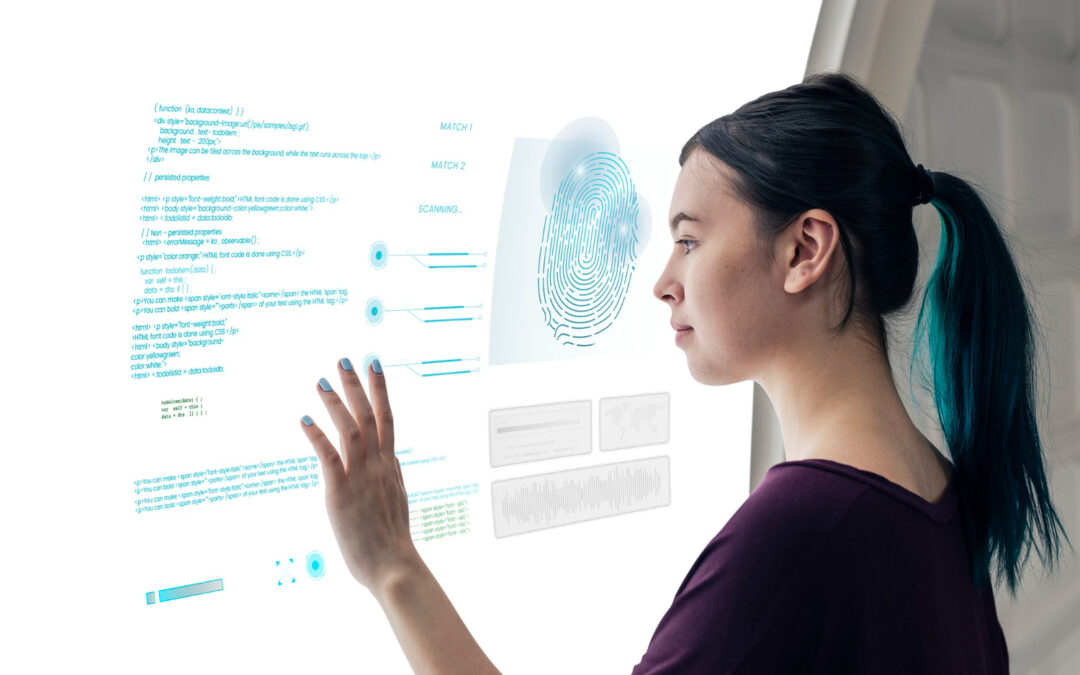
Understanding the Power of Machines to Understand Human Language
Introduction
Natural Language Processing (NLP) is a branch of artificial intelligence that focuses on the interaction between computers and human language. It enables machines to understand, interpret, and respond to human language in a way that feels natural and intuitive. NLP has revolutionized the way we interact with technology, making it possible for computers to understand and process human language, opening up a world of possibilities in various fields.
The Basics of Natural Language Processing
At its core, NLP involves the development of algorithms and models that enable computers to understand and process human language. This includes tasks such as speech recognition, sentiment analysis, machine translation, text summarization, and question answering, among others.
One of the fundamental challenges in NLP is the ambiguity and complexity of human language. Words can have multiple meanings, and the context in which they are used can greatly affect their interpretation. NLP algorithms are designed to analyze and understand the structure, meaning, and intent behind human language, taking into account the context and nuances of the text.
Applications of Natural Language Processing
NLP has found applications in a wide range of fields, transforming the way we interact with technology and improving various processes. Let’s explore some of the key applications of NLP:
1. Virtual Assistants and Chatbots
Virtual assistants like Siri, Alexa, and Google Assistant have become an integral part of our lives. These intelligent systems rely on NLP to understand and respond to voice commands, providing us with information, performing tasks, and even engaging in natural conversations. Chatbots, too, use NLP to understand user queries and provide relevant responses, enhancing customer service and support.
2. Sentiment Analysis
NLP enables businesses to analyze and understand customer sentiment by processing and interpreting text data. Sentiment analysis algorithms can determine whether a piece of text expresses positive, negative, or neutral sentiment, helping companies gauge customer satisfaction, detect trends, and make data-driven decisions.
3. Machine Translation
NLP has revolutionized the field of machine translation, making it possible to automatically translate text from one language to another. Advanced NLP models have significantly improved translation accuracy, enabling people to communicate and access information across language barriers.
4. Information Extraction
NLP algorithms can automatically extract useful information from unstructured text, such as news articles or social media posts. This information can be used for various purposes, including data analysis, trend detection, and knowledge extraction.
5. Text Summarization
NLP techniques can be used to automatically summarize long pieces of text, extracting the most important information and presenting it in a concise manner. This is particularly useful in fields such as journalism, where large amounts of information need to be condensed for quick consumption.
The Future of Natural Language Processing
The field of NLP continues to evolve rapidly, with new advancements and breakthroughs being made regularly. Here are some key areas that hold promise for the future of NLP:
1. Contextual Understanding
NLP models are becoming increasingly sophisticated in their ability to understand the context in which words and phrases are used. This enables machines to grasp the nuances of language and respond more accurately and intelligently to human queries.
2. Multilingual NLP
Efforts are underway to develop NLP models that can understand and process multiple languages effectively. This will further break down language barriers and enable seamless communication and information access across different cultures and languages.
3. Ethical Considerations
As NLP becomes more pervasive in our lives, ethical considerations become crucial. Issues such as bias in algorithms, privacy concerns, and the responsible use of NLP technology need to be addressed to ensure that NLP benefits society as a whole.
4. Conversational AI
The development of conversational AI systems that can engage in natural, human-like conversations is an exciting area of research in NLP. The goal is to create AI systems that can understand and respond to human language in a way that feels natural and intuitive, enhancing user experiences and interactions.
Conclusion
Natural Language Processing has transformed the way we interact with technology, enabling machines to understand and process human language. From virtual assistants to sentiment analysis, and machine translation to text summarization, NLP has found applications in various fields, enhancing efficiency and improving user experiences. As NLP continues to evolve, we can expect even more exciting advancements that will further bridge the gap between humans and machines, making technology more intuitive and accessible.
